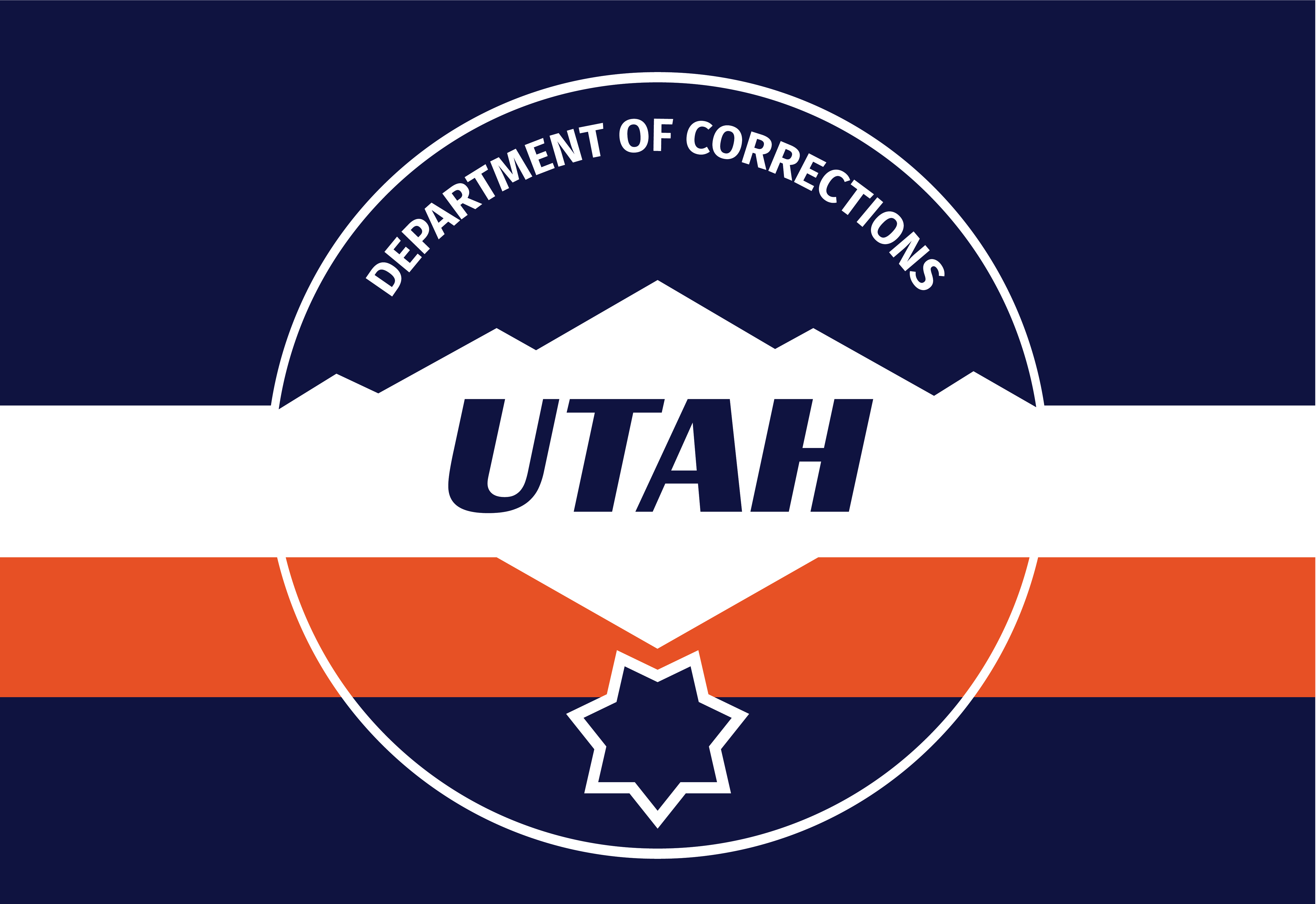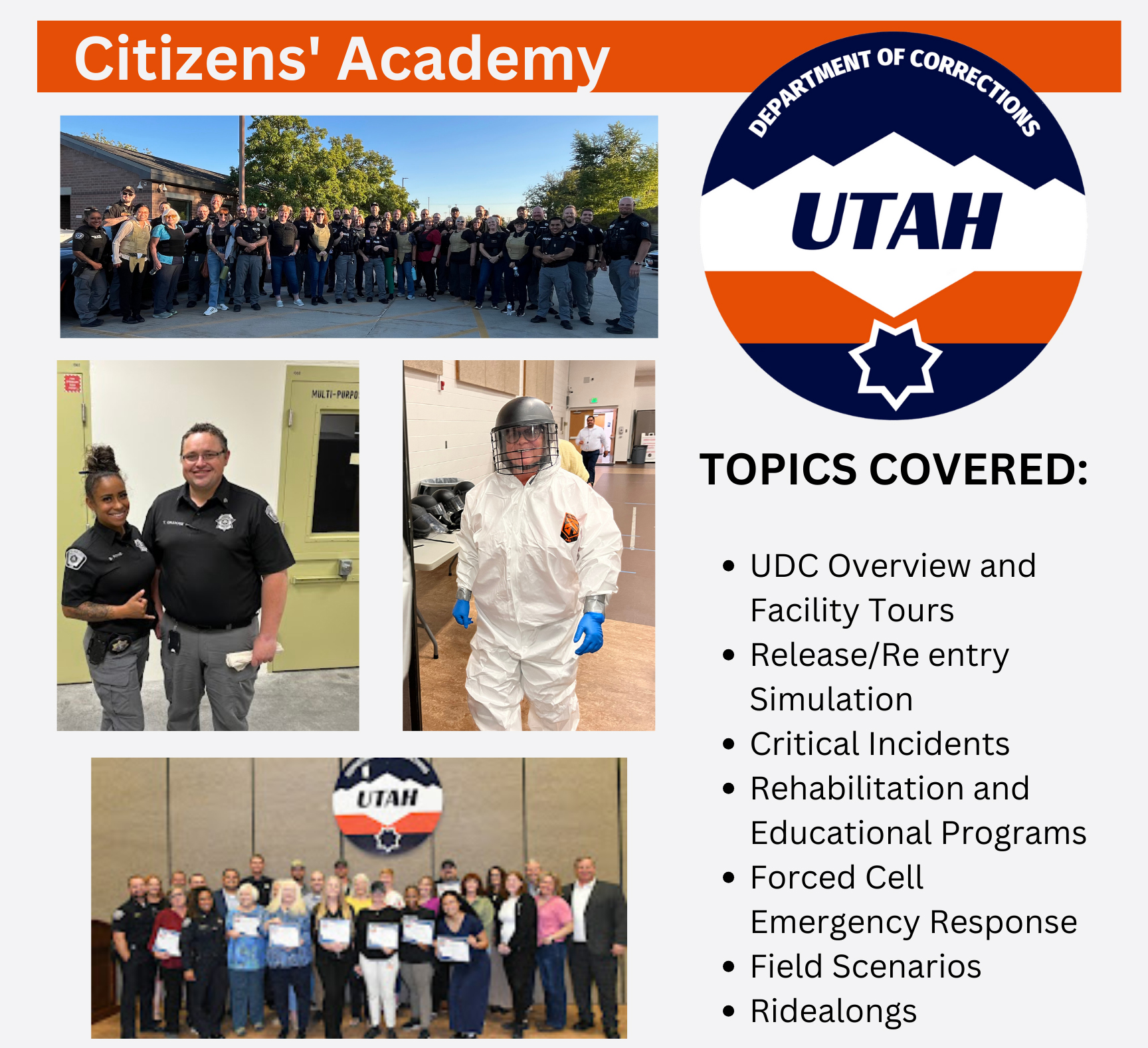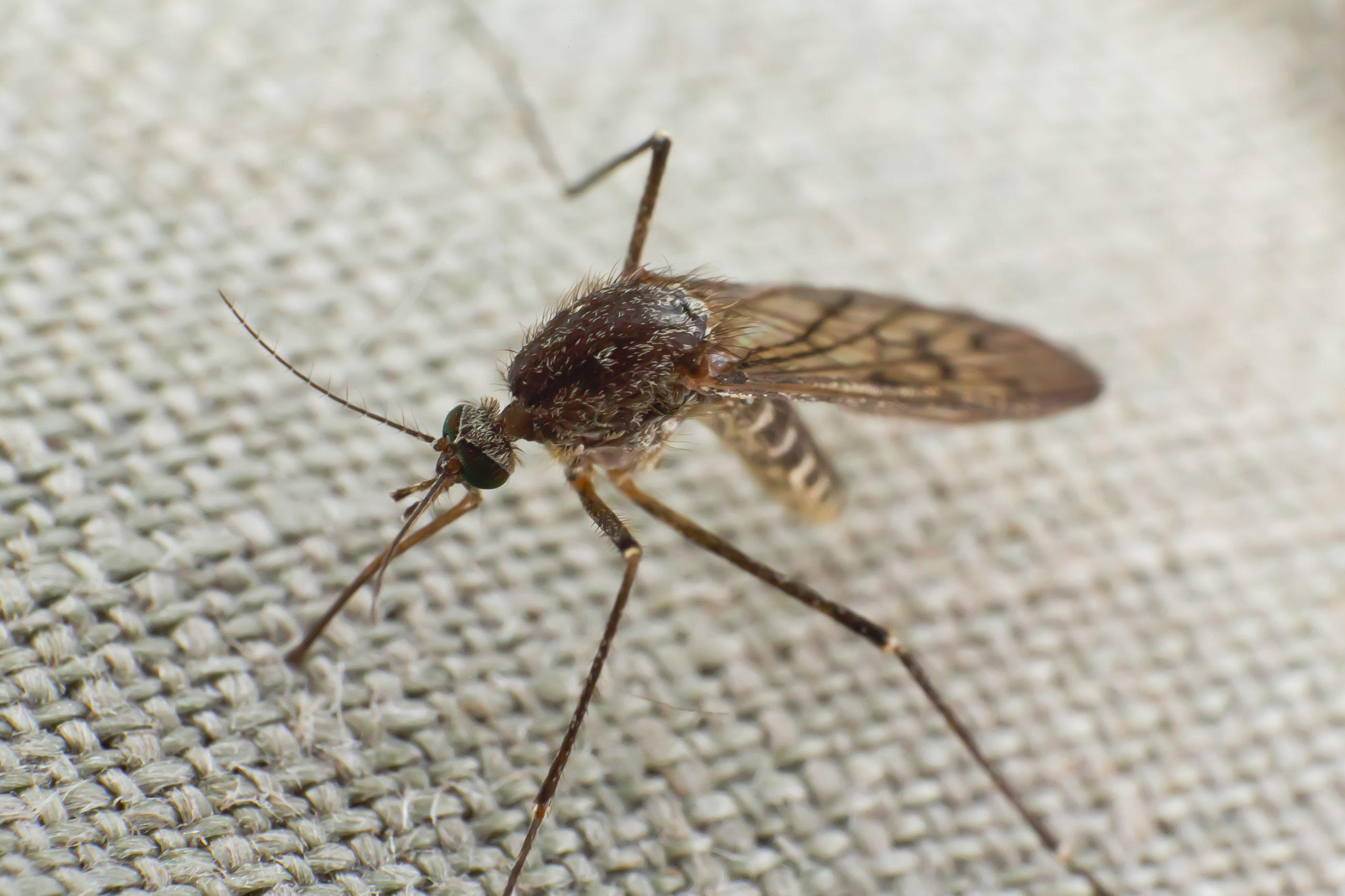
Glen Mills
Director of Communications and Government Relations
[email protected]
1.801.545.5505
Welcome to the Utah Department of Corrections press shop. Here you can stay up-to-date on press releases, blog posts and more communication coming directly from our office.

July 14, 2025
UDC Press Conference Concerning Execution Warrant
The Utah Department of Corrections will hold a press conference to discuss the details of theexecution warrant for Ralph Menzies. The media availability will begin at 10 a.m., Monday, July 14, and will be livestreamed on the UDC’s offical YouTube channel (@UtahCorrections). UDC Executive Director Jared Garcia and Communications and Government Relations Director Glen Mills will discuss procedures related to

June 19, 2025
UDC To Pursue Alternatives For Mail Service
The Utah Department of Corrections has worked diligently for the last several months with the third-party mail scanning vendor, Pigeonly, to find a remedy to the mail issues experienced by families and the incarcerated. We provided the vendor a list of delinquencies in their contract performance and a 30-day period to cure these items. As of today, UDC does not

May 30, 2025
Deadline For Upcoming UDC Citizens’ Academy Extended
The Utah Department of Corrections is accepting applications for the Second Annual Citizens’ Academy, running from August to October 2025. Interested parties now have until June 30, 2025 to apply. The comprehensive 10-week program is designed to increase the public’s knowledge of the various divisions within the Utah Department of Corrections. Instruction will cover a variety of topics each week,

May 6, 2025
Ceremony Held At Law Enforcement Memorial
Somber, respect and sadness permeated the annual remembrance Thursday at the Utah Law Enforcement Memorial. The sadness this year came from the necessity to add a name to the wall located on the grounds of the Utah State Capitol. The name of Santaquin Sgt. Billy D. Hooser was placed on the memorial, just under the name of Edwin J. Fisher

February 26, 2025
Leadership Changes Announced At UDC
Utah Department of Corrections Executive Director Brian Redd has been selected to head the Salt Lake City Police Department as its new chief. In a related move, Gov. Spencer Cox announced that UDC Deputy Executive Director Jared Garcia has been nominated to replace Redd as Executive Director. In an email to UDC staff, Redd said he will be leaving on

September 22, 2023
USCF inmates receiving treatment for scabies
An outbreak of scabies in a section of the Utah State Correctional Facility will close some areas to visitors and quarantine inmates in the infected unit. Reported cases are currently in Green, a dorm-style housing unit where incarcerated individuals receive sex offense or substance abuse treatment. At least 57 people have been confirmed to have scabies. Visitation to this unit of

August 26, 2023
UDC working with health, abatement officials after West Nile virus detected in mosquito testing
The Utah Department of Corrections is collaborating with the Salt Lake City Mosquito Abatement District, the Salt Lake County Health Department, and the Utah Department of Health and Human Services to continue to implement preventive measures after detecting a West Nile virus-positive mosquito pool at the Utah State Correctional Facility (USCF) in Salt Lake City. “While this is considered routine

July 18, 2023
Happy Pretrial, Probation, and Parole Supervision Week!
As National Pretrial, Probation, and Parole Supervision Week approaches, the Utah Department of Corrections (UDC) gears up to host a series of events designed to highlight the crucial work of our dedicated Adult Probation and Parole (AP&P) agents. From July 17th to the 21st, legislators and local media will have the opportunity to witness firsthand the reentry and supervision processes

April 26, 2023
UDC provides update on mosquito abatement efforts at USCF
Mosquitoes have been a concern for the Utah State Correctional Facility (USCF) in Salt Lake since July 2022, when the facility began housing incarcerated individuals. While mosquitoes and other biting insects are always a nuisance in remote wetland areas, such as the site that USCF occupies, the influx of incarcerated individuals, UDC staff, and the facility’s infrastructure have all acted

March 9, 2023
Utah Corrections Turns the Corner on Recruitment and Retention Efforts
The Utah Department of Corrections is turning a corner on recruitment and retention efforts with significantly more individuals coming into the agency than leaving. “Everyone’s efforts to help both recruit and retain certified staff are paying off,” said Spencer Turley, assistant deputy executive director with the Utah Department of Corrections in a message to Department staff earlier this week. “Thank